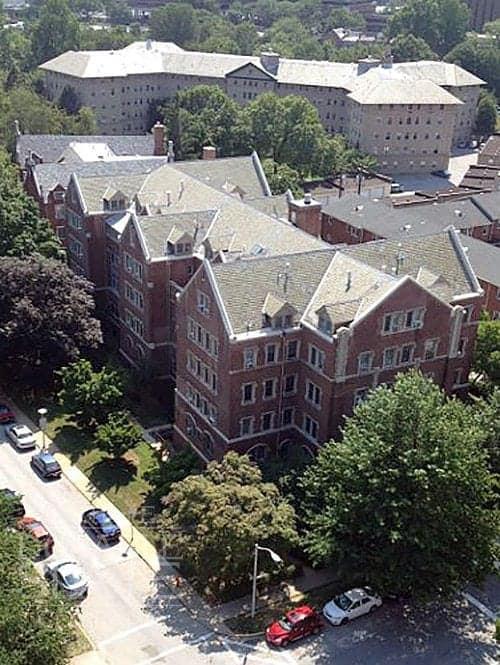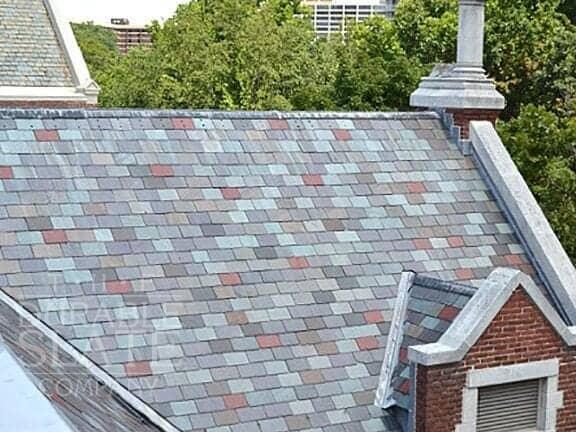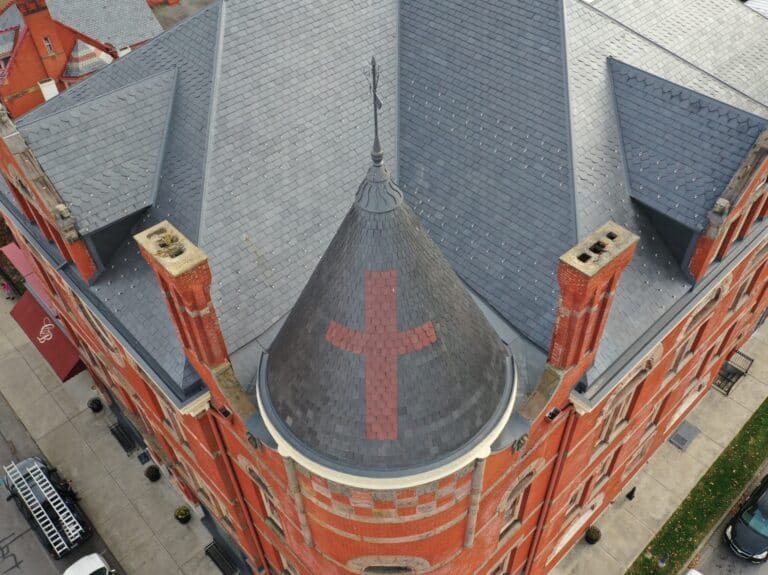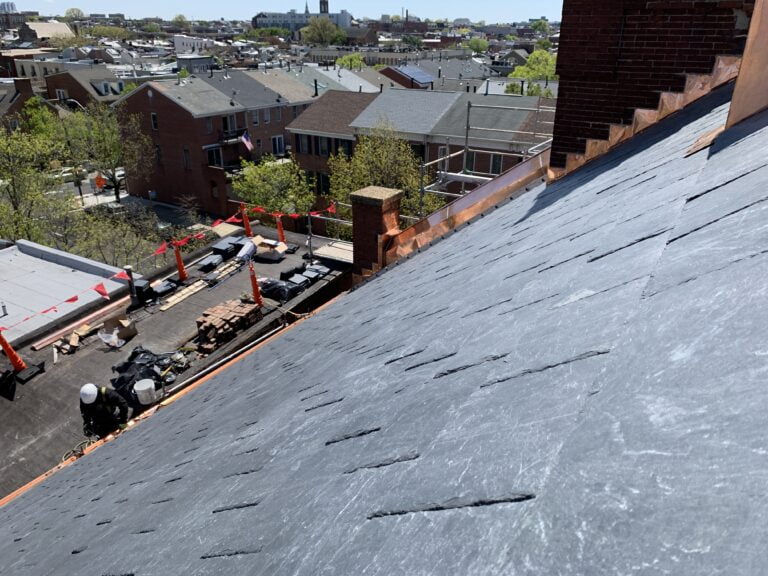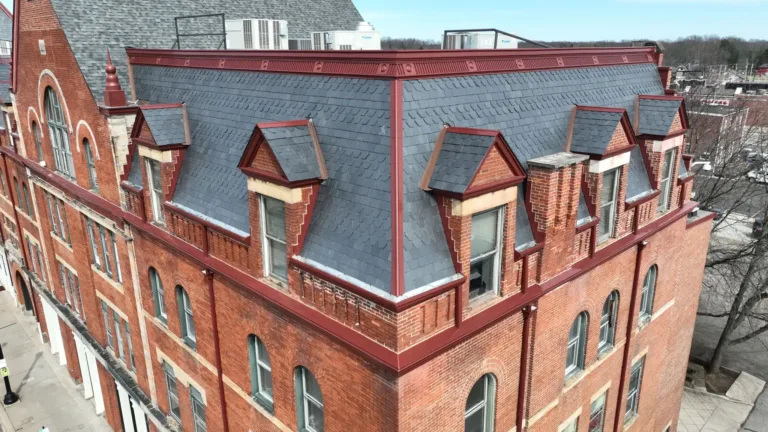The Tudor Arms Apartments, located at 501 West University Parkway in Baltimore, Maryland, is a historically significant residential cooperative known for its unique architectural style and long-standing community presence.
Constructed in 1911 and opened for residential use in 1912, the north building, originally named Tudor Hall, was designed by notable Baltimore architects Edward Hughes Glidden and Clyde Nelson Friz. A decade later, in 1922, the south building, known at the time as Essex Arms, was added, with the same architectural duo returning to complete the design. Tudor Arms Apartments is a distinguished example of Tudor Revival architecture, featuring a red brick façade, white stone trim, and distinctive arched windows.
From 1912 to 1947, Tudor Arms operated as a rental property offering high-end living with amenities such as maids, cooks, dumbwaiters, and even an on-site beauty salon. In 1947, following World War II, the building transitioned into a housing cooperative — a model it still follows today, supported by a strong community of residents.
Despite its modern enhancements, Tudor Arms Apartments retains the architectural and historical character that has made it a beloved fixture in the city. The building is located within the Roland Park Historic District, which is listed on the National Register of Historic Places — a recognition that underscores the architectural and cultural significance of the property.
Beyond its visual appeal, Tudor Arms Apartments has been home to several notable figures throughout its history, including sculptor Ephraim Keyser, historian Kent Roberts Greenfield, epidemiologist Wade Hampton Frost, and music educator Grace Harriet Spofford, all of whom contributed to Baltimore’s cultural and academic legacy.
Today, Tudor Arms Apartments continues to offer a one-of-a-kind living experience that blends historic charm with modern comfort — a true testament to Baltimore’s architectural heritage and community spirit.

